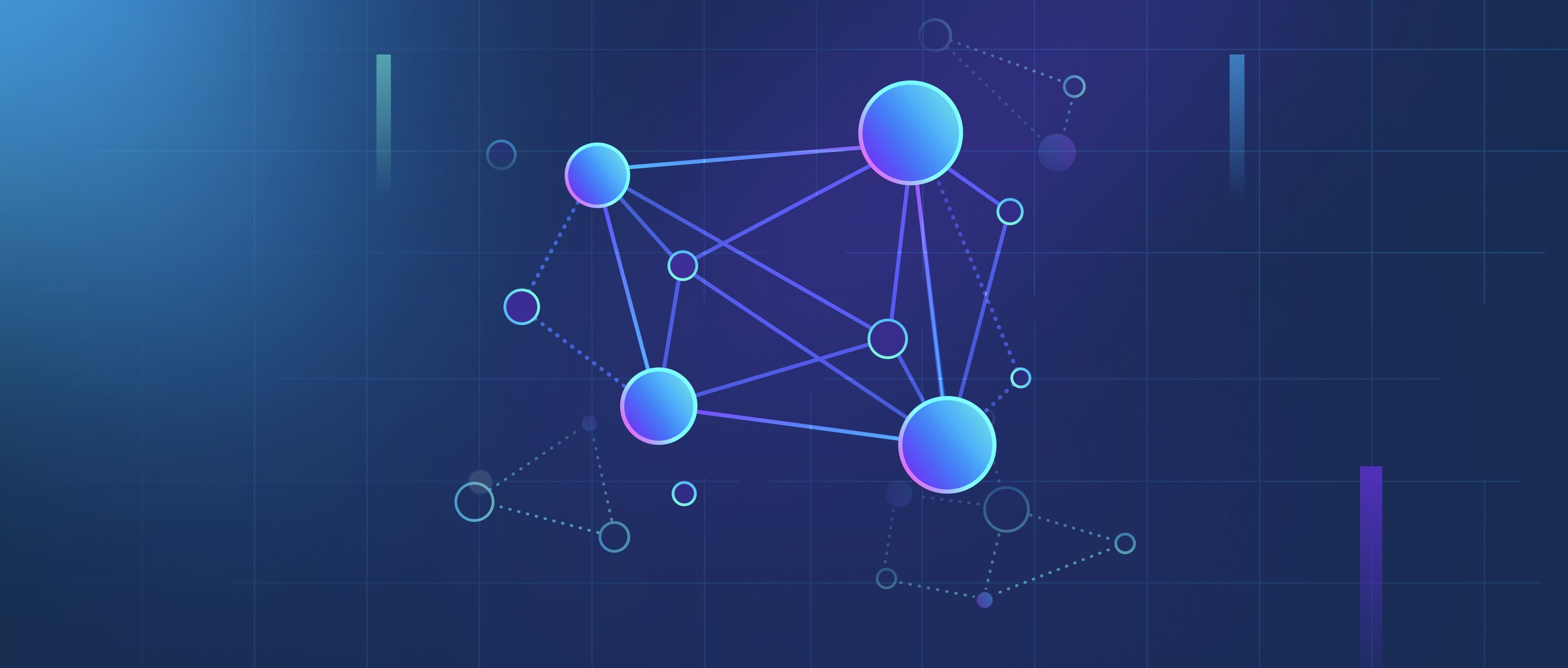Being a computer vision engineer involves solving complex problems using a combination of programming, mathematics, and AI. Engineers typically work on tasks like developing algorithms for object detection, image segmentation, and 3D reconstruction. A typical day might include preprocessing datasets, training machine learning models, and fine-tuning hyperparameters for optimal performance. The role often involves collaboration with cross-functional teams, such as data scientists and hardware engineers, to integrate computer vision solutions into applications like autonomous vehicles, robotics, or surveillance systems. The work is intellectually challenging and rewarding, offering opportunities to innovate in cutting-edge technologies.
What's it like to be a computer vision engineer?

- AI & Machine Learning
- Vector Database 101: Everything You Need to Know
- Master Video AI
- Embedding 101
- Information Retrieval 101
- All learn series →
Recommended AI Learn Series
VectorDB for GenAI Apps
Zilliz Cloud is a managed vector database perfect for building GenAI applications.
Try Zilliz Cloud for FreeKeep Reading
How can knowledge graphs be applied in the financial industry?
Knowledge graphs can be effectively applied in the financial industry to enhance data management, improve decision-makin
What is SQL Server, and how does it relate to relational databases?
SQL Server is a relational database management system (RDBMS) developed by Microsoft. It is designed to store, retrieve,
What are the risks of vendor lock-in with SaaS?
Vendor lock-in with Software as a Service (SaaS) refers to a situation where a customer becomes dependent on a particula